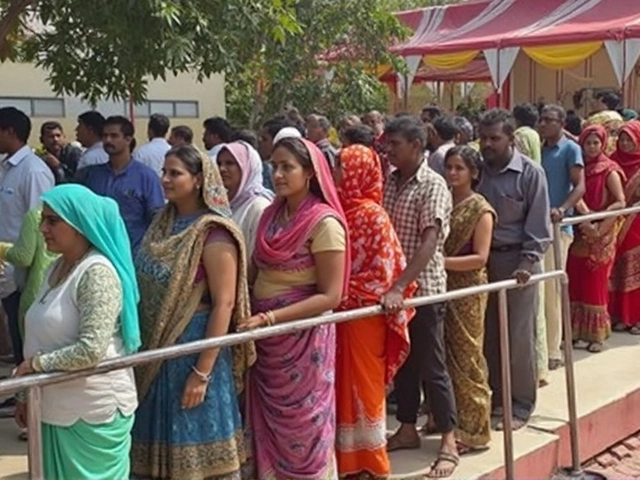Supreme Court Appeal: Latest News and Easy Guide
If you’ve ever wondered what a Supreme Court appeal actually does, you’re not alone. People think it’s all legal jargon, but it’s mostly about a higher court reviewing a lower court’s decision. In India, the Supreme Court is the final stop, so an appeal there can change a lot.
What is a Supreme Court Appeal?
A Supreme Court appeal is when a party asks the top court to look at a case that’s already been decided. The request can be about a legal error, a constitutional issue, or a big public interest question. The court can either accept the appeal, reject it, or ask for more information. If it accepts, the judges will read the records, hear arguments, and then give a new judgment.
How Does the Process Work?
First, a petition called a "Special Leave Petition" (SLP) is filed. The filing fee is low, and the petition must show why the Supreme Court should hear the case. Next, the court’s registrar checks if the paperwork is complete. If it is, a panel of judges decides whether to grant the SLP. Once granted, both sides submit written arguments, and sometimes there’s a short oral hearing. After that, the judges write their decision, which can take weeks or months.
People often ask if they need a lawyer. While anyone can file an SLP, having a lawyer who knows Supreme Court rules makes the process smoother. The court expects concise, clear arguments, so a good lawyer helps keep the petition focused on the key points.
Recent high‑profile appeals have shown how powerful a Supreme Court decision can be. For example, a recent appeal about environmental clearances forced the government to rethink how it approves large projects. Another case on digital privacy set new limits on data collection. These rulings don’t just affect the parties involved; they can change policies for millions.
What about everyday people? A Supreme Court appeal can affect you if it deals with consumer rights, land disputes, or criminal law. A judgment that lowers the burden of proof in a criminal case, for instance, can make it easier for victims to get justice. Similarly, a decision on tenancy laws can protect renters from unfair evictions.
It’s also worth knowing that the Supreme Court can issue interim orders while hearing an appeal. That means a temporary rule can be in place until the final judgment, which can be crucial in urgent situations like medical emergencies or environmental hazards.
Keeping up with Supreme Court appeals is easier now because many judgments are posted online. The court’s website publishes full PDFs of orders, and news sites often summarize the key points. If you’re following a specific case, set up a Google Alert with the case name and you’ll get updates straight to your inbox.
In short, a Supreme Court appeal is the last chance to change a legal outcome. Understanding the steps, knowing when a case matters to you, and staying informed can help you navigate the complex world of high‑court decisions. Keep an eye on the news, and you’ll be ready the next time a Supreme Court appeal makes headlines.
Appeals Court Strikes Down Most of Trump's Tariffs, Jolting Global Trade and India Ties
A federal appeals court ruled 7-4 that most tariffs enacted under President Donald Trump via IEEPA are unlawful, dealing his trade agenda a major setback. The decision spares steel and aluminum duties imposed under separate law but hits measures that pushed some Indian exports to a 50% levy. Tariffs stay in place during appeal, likely heading to the Supreme Court, disrupting US talks and rattling trade partners.





